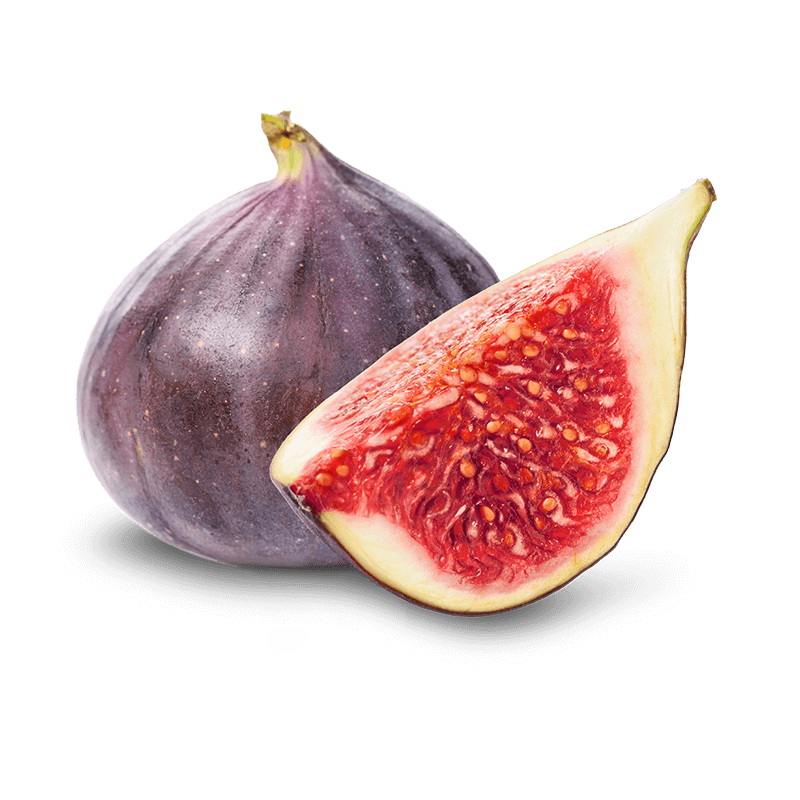Latin name
Ficus carica L
Origin
Fig trees originate from the Middle East and western Asia. It has also been grown in temperate regions since ancient times.
Used part
The fruit.
Active components
Sugars: contribute to the nutritional content.
Fibre: this indigestible substance has a significant effect on intestinal transit. It also contributes to healthy intestinal flora.
Flavonoids: these compounds have an antioxidant effect and protect the organs against free radicals.
Usage
Figs can be eaten fresh or dried. They can be used as a natural sweetener due to their high sugar content. Their irritant latex is used to treat warts. Figs can not only be used in cooking, the also offer various health benefits. Thanks to their fibre, they can be used to support the function of the gastrointestinal tract and to gently improve intestinal transit. 1-3 Figs support the health of the digestive system.

